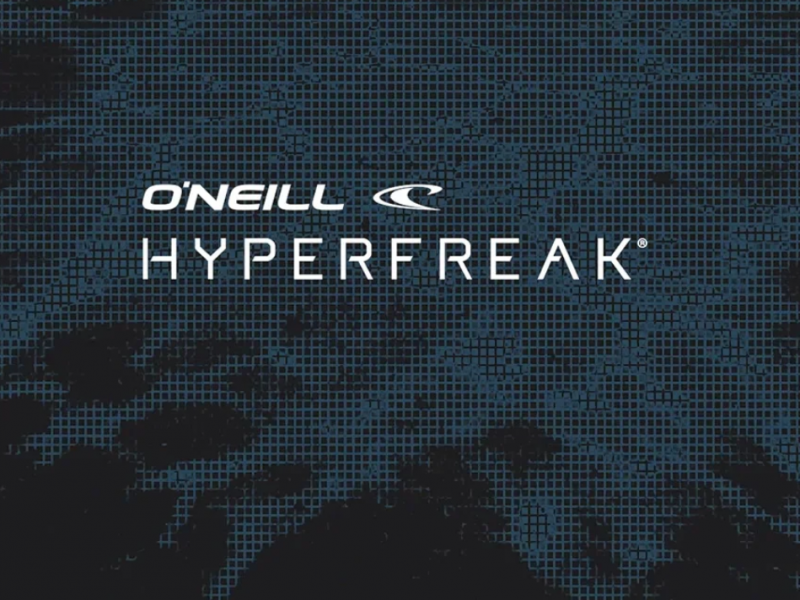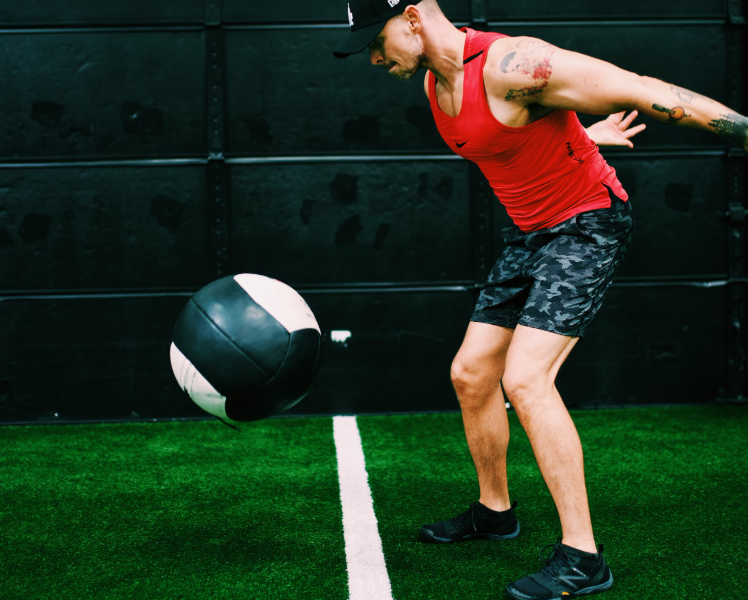Introduction to Performance Fabrics
When you’re picking out gym clothing, have you ever wondered why some fabrics seem to make your workout more comfortable than others? Well, the fabric you choose for your activewear plays a critical role in how you perform, feel, and even recover. Performance fabrics are specially designed to help you get the most out of your workout by offering enhanced flexibility, breathability, moisture-wicking properties, and durability.
Why Fabric Choice Matters for Gym Wear
The right fabric can make or break your gym experience. Imagine doing squats or running on a treadmill while constantly adjusting your clothing because it doesn’t fit right or absorbs sweat too quickly. Frustrating, right? That’s why gym clothing manufacturers use specific performance fabrics to tackle issues like moisture control, odor, and movement restrictions. Comfort, flexibility, and durability are the top three qualities to look for in activewear.
The 5 Best Performance Fabrics for Gym Clothing
Let’s dive into the top five performance fabrics that should be on your radar when choosing gym clothing.
1. Polyester
Polyester is one of the most popular fabrics for gym wear, and for good reason. It’s known for its durability and moisture-wicking capabilities.
Durability and Moisture Wicking
Polyester doesn’t just last long; it also efficiently pulls moisture away from your body during exercise, helping you stay dry. Whether you’re lifting weights or sweating through a HIIT session, polyester ensures that sweat evaporates quickly, leaving you feeling cooler.
2. Nylon
Nylon is another fabric that has been steadily gaining popularity in the activewear world. It’s soft, lightweight, and provides great support, which makes it ideal for those high-intensity workout sessions.
Great for Active Movements
One of the biggest advantages of nylon is its stretchiness. If you’ve ever done yoga or pilates, you’ll know that you need fabric that moves with your body. Nylon provides that stretch, while still offering a supportive fit that’s perfect for various types of exercises.
3. Spandex
When it comes to flexibility, there’s no fabric that can quite compete with spandex. It’s the go-to material for gym wear that requires a lot of movement.
The Ultimate Workout Fabric
Spandex is often blended with other fabrics to give them more stretch. It’s known for its ability to return to its original shape after being stretched, making it ideal for everything from yoga to strength training. Plus, it gives gym clothes that tight-fitting, flattering look.
4. Merino Wool
You might not have thought of wool as a fabric for gym clothes, but merino wool is different. It’s lightweight, soft, and incredibly breathable, making it ideal for temperature regulation during your workout.
Nature’s Performance Fabric
Merino wool has excellent moisture-wicking properties. It helps keep you dry by absorbing moisture and allowing it to evaporate, which is especially beneficial for outdoor workouts. Plus, it’s naturally odor-resistant, which means fewer washes. If you love running or hiking, this might be the fabric for you.
5. Bamboo Fabric
Bamboo fabric is one of the most sustainable options on this list. It’s soft, breathable, and has natural moisture-wicking properties that make it a great choice for workout gear.
Natural Moisture Management
Bamboo fabric is great at absorbing sweat and releasing it into the air, keeping your skin dry. It’s also eco-friendly, which means you’re making a good choice for the planet while you’re at it. The soft texture and breathability of bamboo fabric help to keep you comfortable even during longer workouts.
How to Choose the Right Fabric for Your Workout
Picking the right fabric isn’t just about comfort – it’s about how well the fabric suits your specific workout needs. Here are some factors to consider:
Fabric Durability
If you’re working out frequently or pushing yourself through intense activities, you need fabric that can stand up to the wear and tear of daily workouts. Polyester and nylon, both durable and resistant to abrasions, are excellent choices.
Moisture Wicking Capabilities
During exercise, sweat is inevitable. That’s why moisture-wicking fabrics like polyester, nylon, and bamboo are essential to keep you dry and comfortable. Fabrics that trap moisture can lead to discomfort, skin irritation, or even chafing.
Flexibility and Fit
The fit of your gym clothes can impact your range of motion. Fabrics like spandex and nylon offer the flexibility needed for activities like stretching, running, or jumping. Look for fabrics with added stretch that can move with you.
Conclusion
Choosing the right performance fabric for gym clothing can seriously impact your workout comfort and performance. Whether you prefer the moisture-wicking durability of polyester, the stretch of spandex, or the sustainability of bamboo, each fabric brings its own unique advantages. Keep your activity level, workout type, and comfort preferences in mind when selecting your gym wear.
FAQs
1. Is Merino Wool good for high-intensity workouts?
Merino wool is more suitable for moderate-intensity workouts or outdoor activities. While it excels in moisture-wicking and temperature regulation, it may not be as stretchy as other fabrics for intense movement.
2. How do I care for my performance fabrics?
To extend the lifespan of your performance fabrics, wash them in cold water, avoid fabric softeners, and air dry when possible. This helps maintain the fabric’s elasticity and moisture-wicking properties.
3. Can bamboo fabric provide enough support for gym wear?
Yes, bamboo fabric is soft and breathable, but for intense workouts, it’s often blended with other fabrics like spandex to provide additional support and structure.
4. Is polyester a good fabric for hot weather workouts?
Absolutely! Polyester is lightweight, breathable, and moisture-wicking, which helps keep you cool and dry during hot weather workouts.
5. What makes spandex a popular choice for gym wear?
Spandex is favored for its incredible stretch and shape retention. It moves with your body, making it ideal for activities that require a lot of flexibility, such as yoga, pilates, and weightlifting.
4o


